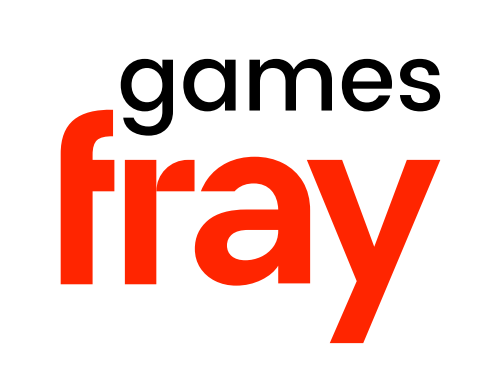Today I am happy to announce the launch of games fray, a new website on games industry issues and related regulatory matters, and of its sibling sites ai fray and ip fray.
In 2023, regulatory proceedings concerning a video game merger kept gamers roughly as entertained as a good game.
Florian Mueller
(founder of games fray)
Please allow me to note that this is a back-to-the-roots moment. As a teenager, I became a freelance contributor to computer magazines and authored computer books, trying to convey technical information in an understandable form. I spent most of the time in between as a consultant (which I am not anymore) and entrepreneur. Now I am a media producer with a new vision, new ideas, new topics, and a new focus.
But above all, this is about you, the (potential) readers. What you will find here is a mix of quick summaries and deep analysis of regulatory and legislative developments concerning video games as well as the underlying business issues.
The term fray has two distinct meanings as dictionaries will tell you. The primary one is theone for which I chose it: a dispute or competitive contest. Significant intensity is implied.
This introductory article merely serves to lay out the editorial concept. There is no point in comparing this one to other concepts that may have been around or may exist as we speak. It’s novel, different and complementary.
The fray4 format
Time is quick. Your time is your money. At the start of each article, you will find a summary with the following four-part structure:
Context: a regulatory initiative (e.g., an investigation of a video game merger), dispute (e.g., Epic Games v. Google), legislative proceeding (e.g., a law on in-game business models such as loot boxes), or other topic of discussion (e.g., conclusions from the latest market data).
What’s new: the new development, newly-surfaced information or new statement that the article relates to (e.g., the opening of formal investigations by a regulatory agency).
Direct impact: whether (and if so, in what ways and to what extent) the new development moves the needle in the specific context (e.g., whether a merger is in jeopardy).
Wider ramifications: the impact that transcends the narrow context (e.g., chilling effects on innovation).
After each fray4 summary, I will elaborate.
Above the fray or in the fray?
In these contexts, total objectivity is elusive if not illusory, as almost everything is subject to interpretation. Accuracy–or at least a total commitment to it–is what really matters.
games fray will strive to explain where both (or sometimes more than two) sides of a debate or dispute stand. In that regard, it will be above the fray. In the same vein, name calling will be avoided to the greatest extent. For instance, Sony (PlayStation) fans aren’t “ponies” any more than Microsoft Xbox fans are “xbots”.
Even at risk of sometimes appearing to be in the fray, analysis and impact assessments just can’t be provided if one minces words too much or shies away from clear assessments and predictions. games fray won’t be afraid to speak out on the issues. And outrageous conduct, such as astroturfing or lawlessness, must be called out.
No favorite brainchild
For the most part, I believe each of the three fray sites will attract its own audience and develop its own focus.
There are various measures of success. One fray site isn’t necessarily more important than another only because it has more articles.
Florian Mueller
(founder of ai fray, games fray and ip fray)
It won’t be possible to tell from the outside which one of the three is most or least successful:
One site may have more articles, but that may just be due to the nature of the topics: for example, multijurisdictional “scattershot” disputes may make news rather frequently, but a single antitrust investigation in a major jurisdiction could be far more important than a 14-country patent spat.
One site may have more readers, but another may count a far higher percentage of interested professionals among its audience.
The topics are also hard to compare. Undeniably, nothing beats the relevance of AI in the greater scheme of things. But I played video games before I even had a computer. Rest assured I’m absolutely committed to the success of each of the three fray sites.
Thank you for your interest!

